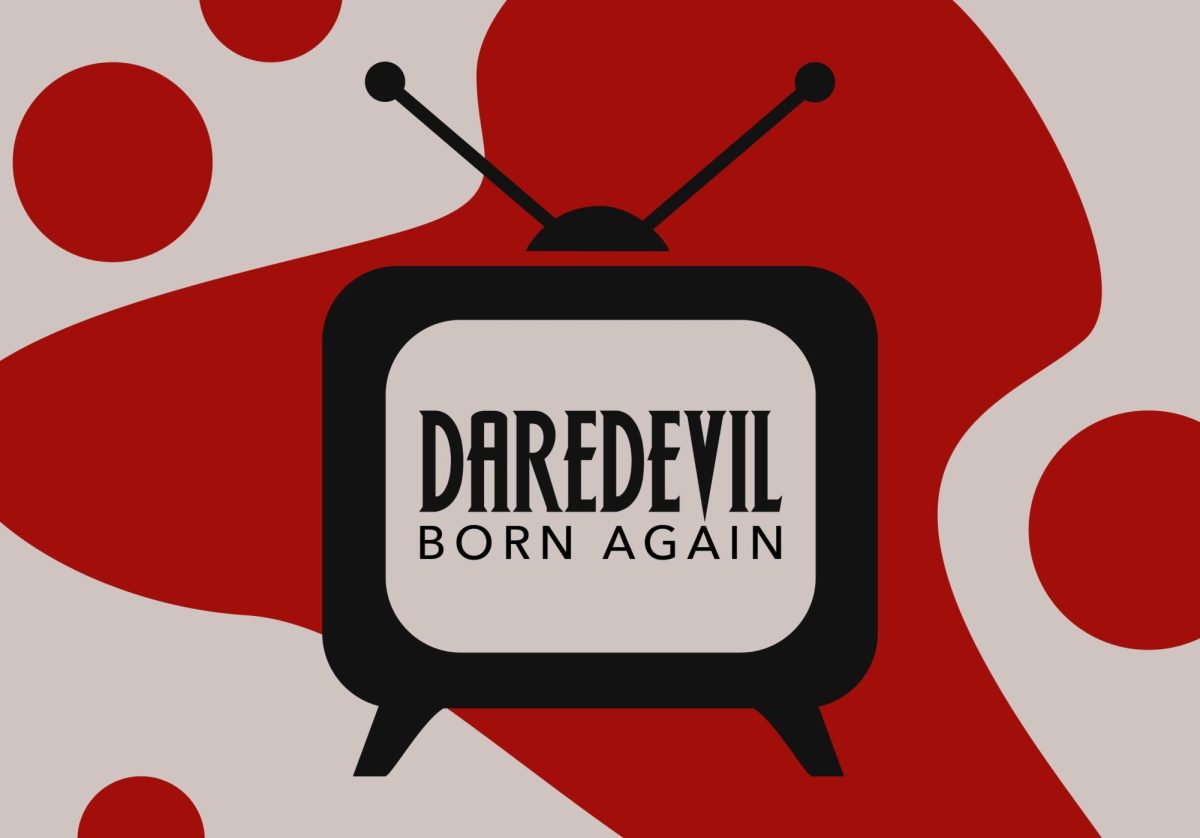Like most children of the 1980s, my toy box was filled with He-Men and Transformers, Ghostbusters and Ninja Turtles. Their faces were also plastered across my cereal boxes, T-shirts and unmentionables, and so on Saturday mornings, after eating said frosted breakfast bits while wearing said clothes, I would play with said toys while watching those very cartoons on the television.
Ah, the idyllic ignorance of childhood.
Little did I know at the time that the intense synergy of my leisure time was thanks largely to President Ronald Regan’s veto of the Children’s Television Act. In order to know that, I would’ve had to watch the news, and the news didn’t have any sweet product tie-ins.
With one fell swoop of his pen, it became possible for toy companies to essentially turn blocks of television into advertisements for their goods. More even than the typical ad-saturated media fare, everything about those cartoons was geared toward getting children of our generation hooked on a line of products.
But newfound cynicism aside, I was still excited to see the latest, CGI-animated installment of the “Teenage Mutant Ninja Turtles” series (or “TMNT,” as the franchise is now called in our post-instant message era). I even watched the original live action film from 1990 in preparation and was pleasantly surprised to find that the campy – yet darkly brooding – meditation on family cohesion holds up after all these years, even disregarding the buzz of nostalgia I got from hearing the Corey Feldman-voiced Donatello ask, “Do you like penicillin on your pizza?”
That excitement faded, however, about 30 seconds into the expository Laurence Fishburne voice-over that served as the film’s intro, rapidly replaced by a burning desire for the closing credits.
Morpheus informs us that 3,000 years ago, a power hungry warlord opened a portal to another dimension, gaining immortality, but also turning his family of soldiers into stone and unleashing 13 monsters on our world in the process. Three millennia later, the stars have aligned to open that portal again and the warlord, now known as the billionaire Max Winter (Patrick Stewart), has hired the foot clan to track down the monsters and assemble them together to further his mysterious plans.
Enter the Ninja Turtles. They’ve been living the civilian life since their leader Leonardo (James Arnold Taylor) went to the rainforest to train. But when he comes back, it’s not as simple as reuniting to become heroes in a half shell again. The famously cool-but-rude Raphael (Nolan North) is upset with Leo for leaving his brothers in a lurch and refuses to follow his orders. But when Raphael’s rash temper causes Leonardo to be kidnapped by Winter, it’s up to the Turtles and their master Splinter (Mako), along with Casey Jones (Chris Evans) and the now apparently battle-ready April O’Neil (Sarah Michelle Gellar) to come to the rescue.
The plot hardly matters, however. Every scene of dialogue consists of a series of unfunny jokes only there to set up the next computer-generated battle scene. The film feels like a series of videogame cut scenes spliced together into one crap-tacular feature-length cut scene.
The CGI has a quasi-anime feel, with cartoony, exaggerated looking characters moving around in almost photorealistic backgrounds. The good folks at Imagi Animation Studios deserve to be commended for their ability to render fine details – particles of dust float in the air, visible in shafts of light, while the concrete sides of buildings look rough enough to scrape your knuckles on. The “camera work” during the battle scenes, such as it is, gives them a “Matrix”-like cinematic air not often found in animation.
Unfortunately, the turtles themselves are downright creepy. The movements of their eyes and faces are too jerkily eerie. Except when engaged in high-speed battles, all of the characters’ movements look fake and ghostly, especially when they touch or grab another animated object.
“TMNT” falls prey to “The Uncanny Valley” paradox. In 1978, Japanese robot designer Masahiro Mori noticed that realism is only good up to a point. A simple, if vaguely human-like robot could engage people, but one that was 99 percent lifelike tended to creep them out. Essentially, the more real a simulation looks, the more its fakeness bugs us – hence the traditional identification with cartoons, where the intense simplicity of the icons renders them easily accessible. With “TMNT,” the more software driven details the animators shove into the product, the more hollow and lifeless it seems.
But perhaps it’s unfair to expect such a trend-following film to show any signs of life. Crafting films around intellectual property is all the rage these days, what with the success of the various Marvel Comics adaptations, as well as the “Lord of the Rings” series and the “Star Wars” second coming. True, the phenomenon isn’t entirely new – Tarzan and James Bond are two endlessly remade older franchises – but it’s never been as prevalent as now.
Marshall McLuhan was fond of saying that our post-print, electronic era resembles oral culture in that it is one of mythic thinking. So it’s natural that we would make and remake our own fantastically scientific modern myths – even the great Greek dramatists kept to their cultural source material. Rather than adapting Agamemnon or Iphigenia (the awful “Troy” aside), we remake Peter Parker and Master Splinter.
It’s only gonna continue: this year alone, we’ve got new installments of “The Fantastic Four” and “Spiderman,” as well as adaptations of the cartoons “Underdog” and “Transformers.”
Given the way nostalgia resonates, the filmmakers could have done a better job making use of the cultural memory that comes with the Ninja Turtles. “TMNT” has no Shredder, no Krang, no Beebop or Rocksteady. After the dreadful “Ninja Turtles III,” you’d think the series’ stewards would’ve realized the folly of forgetting to put Shredder in a Turtles flick.
Of course, such sins of omission would’ve been forgivable if the story were any good, and the frustrating thing is, it could’ve been. Themes of brotherly rivalry, the nature of true leadership and the joyousness of mortality (as opposed to immortal tedium) are all full of potential, but “TMNT” fails completely to capitalize on them.
Perhaps they would’ve done better if they weren’t so set on capitalizing on the brand.







